Introduction
For such a small country, Malta has an amazing wealth of history. Due to its geographical position, Malta’s importance in the battle for the Mediterranean and North Africa was inversely proportional to its size! Malta was awarded the George Cross for not only enduring the heaviest bombing campaign of WW2, but also for taking the fight back to the enemy.
In such a scenario, camouflage was of vital importance for survival. For this reason a camouflage scheme was devised for Malta, and was applied to all equipment destined to be exposed to the enemy. All cars, trucks, motorcycles, field guns, tanks etc. were ‘given the treatment’. Even steel helmets were painted, and not only those used by the services but also those issued to the ARP, the Police, the Public Works, and others.
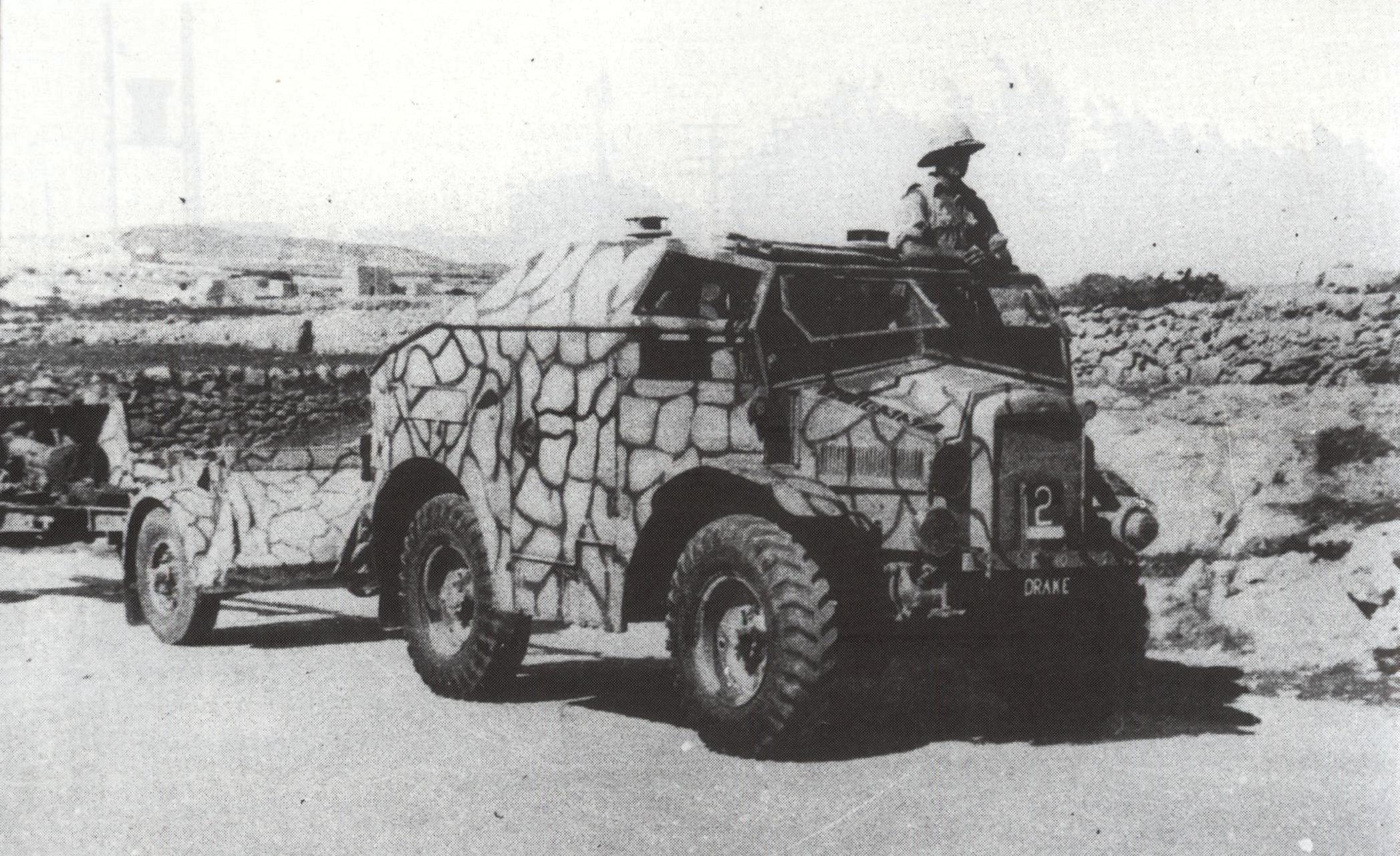
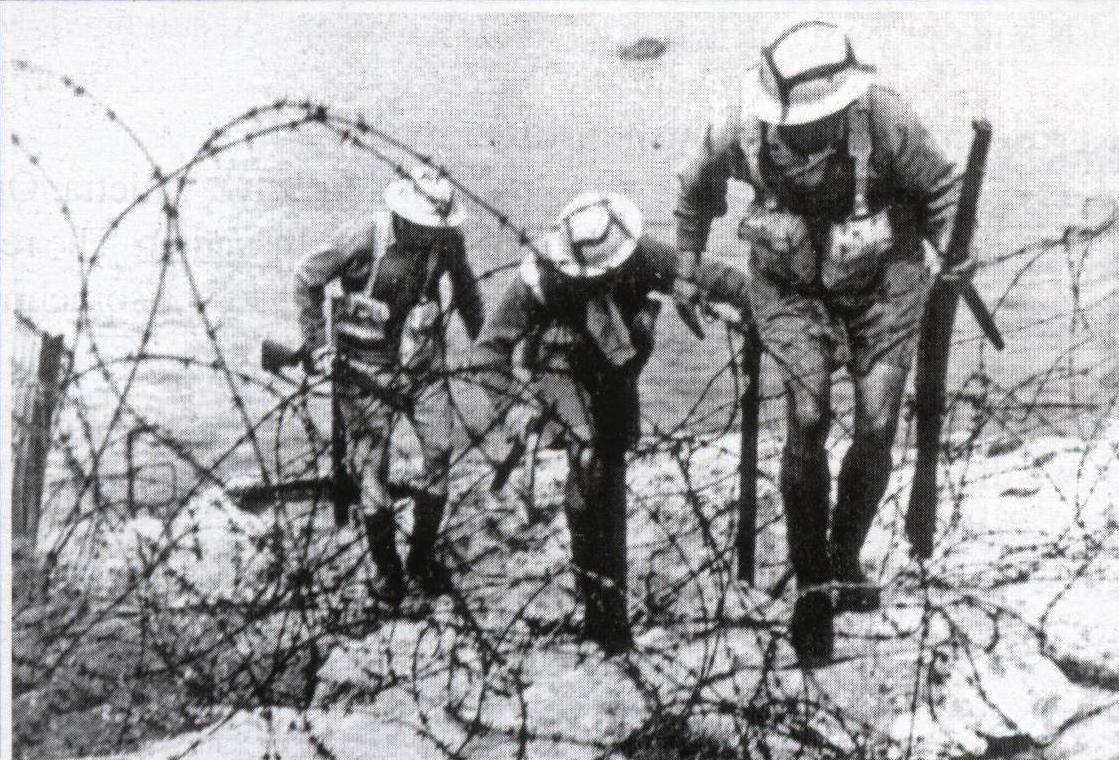
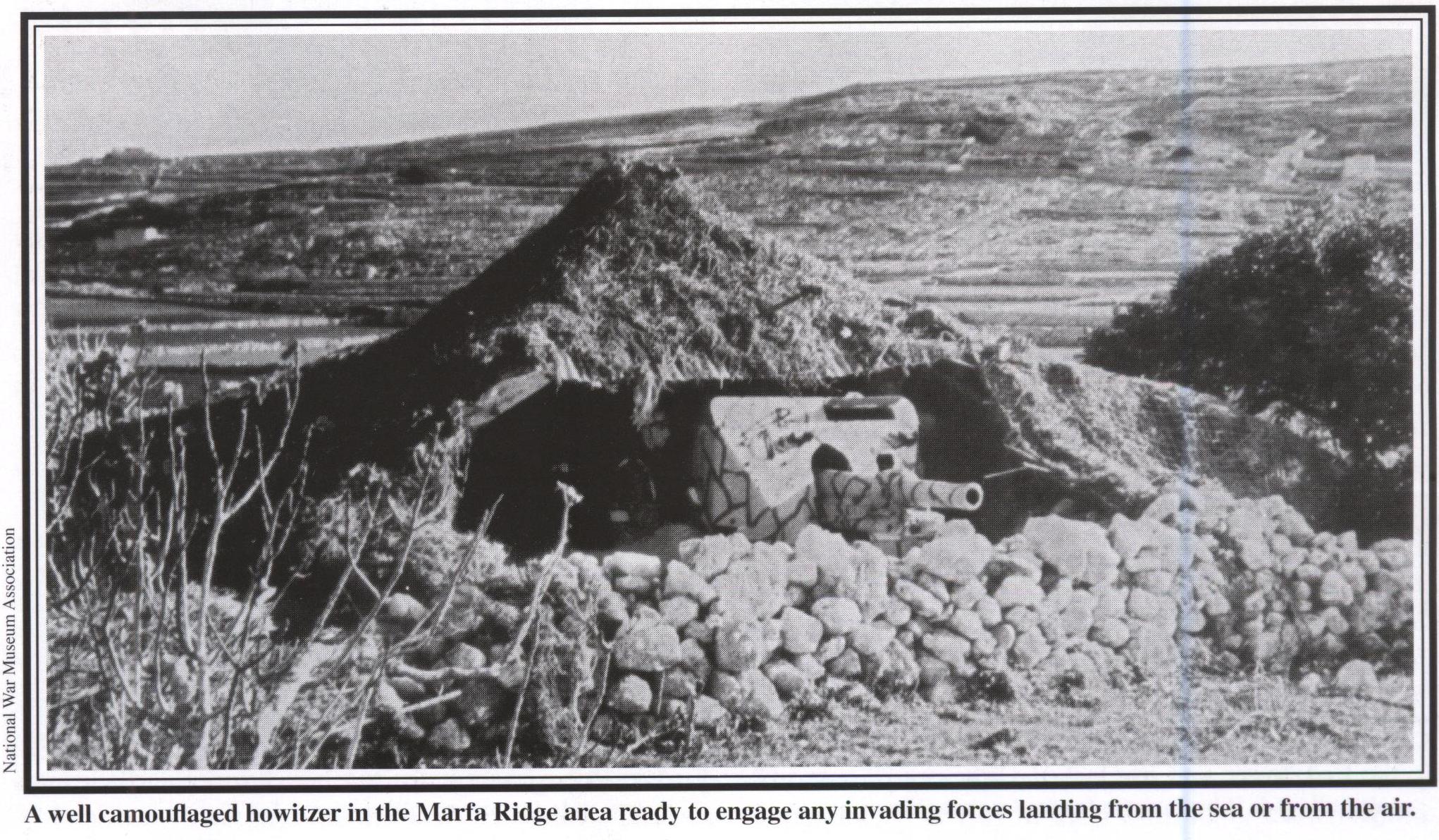


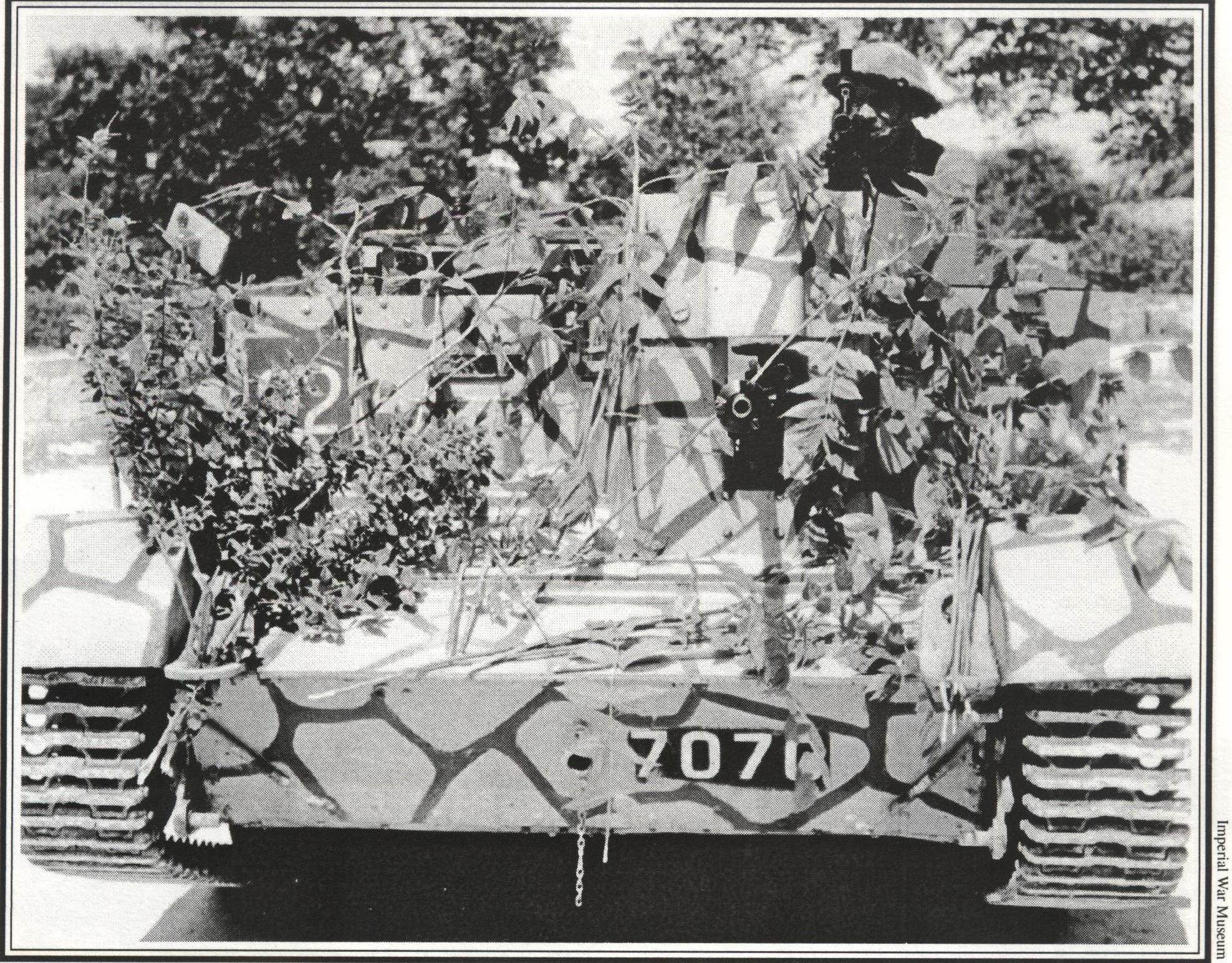



The Pattern
The pattern, which was only used in Malta, had two main variations; Light vehicles, guns, generators, motorcycles, tanks, etc. which had an irregular outline were painted in a pattern resembling the rubble walls which bordered each and every field. This consisted of shapeless blotches of light stone paint, with a darker colour (dark green or dark brown mostly, but sometimes any dark shade available) between the blotches.
Larger vehicles, especially those that had a squarish outline had the stone-coloured paint applied in rectangular blocks to resemble walls of buildings. The darker colour would thus be in straight lines to mimic the mortar and the gaps between the blocks. These vehicles would be parked next to a farmhouse and camouflaged further to resemble an extension of the building.
If the vehicle to be painted was in light stone colour, the dark pattern only was applied. If on the other hand it was in green or dark earth, the light stone blotches would be painted on, leaving the original colour showing between them. In this case the census ( or WD ) number would not be painted over, leaving a dark patch with the white numbers on it.
Sometimes it is possible to tell from photos how the pattern was applied. If the stones had rounded corners, the stone colour was probably applied over a dark background, whilst if they had sharp angular corners the dark paint was probably applied on a stone-coloured background.
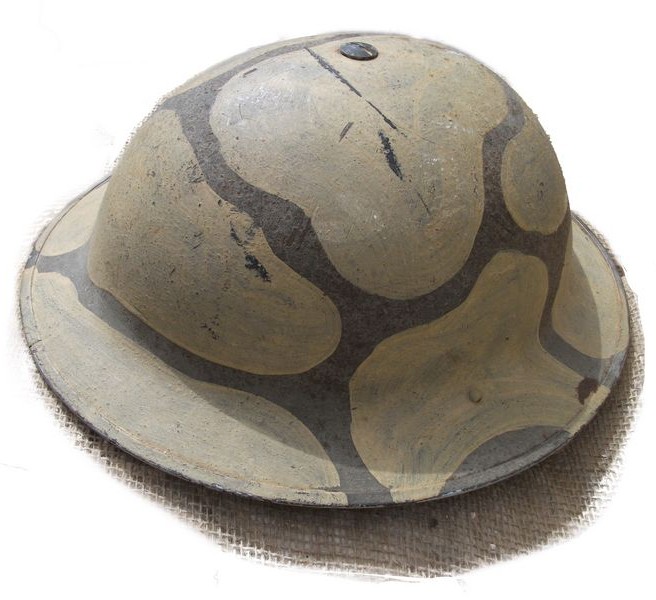
The Painting
This would usually be done by hand, and various factors, such as the availability of paint in suitable colours, the ability of the individual entrusted with the job, and his interpretation of the official instructions would all be working against any uniformity of results.
The ‘rubble wall’ effect sometimes ended up resembling pebbles, while the building block pattern could give one the impression that the builder was completely ignorant of his trade! A wartime photo even shows a truck with the blocks painted in VERTICAL courses! Another photo shows square blocks placed in a grid pattern. So much for blending in with buildings…..
Smaller items were usually not camouflaged but only painted in light stone to show their military ownership. Bicycles, petrol cans, tools, etc. did not have enough area to take the camouflage pattern, so were just left in light stone colour.
In an effort to further improve the effect, sand was sometimes sprinkled over the freshly-painted surface, especially on steel helmets. This eliminated glinting in the harsh Mediterranean sun, which would often be enough to give away one’s position.
Many objects which would not usually be taken into the field would be left in their original paint, but if obtained from the North African theatre of operations they would invariably be in light stone (or sand, as it was called over there).
Many photos of anti-aircraft guns show that the pattern was not applied, possibly because it is difficult for a pilot not to spot a gun that happens to be firing away at him, even if it is camouflaged!





